Last-Minute NYC Holiday Gift Guide 🎁
We’ve created a holiday gift guide with presents for the intrepid New Yorker that should arrive just in time—


Did you know that the Marine Air Terminal at LaGuardia Airport is the oldest active airport terminal from the first generation of passenger air travel? The Art Deco terminal is a New York City Landmark and thus safe from destruction, unlike other more ill-fated terminals at JFK Airport.
The first flight departing from the Marine Air Terminal was a Yankee Clipper to Lisbon, Portugal. Clippers were quite luxurious, with two floors, dining rooms, and private compartments. As seaplanes, they would have to land on water and be pulled in by motorboats, which is why the Terminal is located so close to the Long Island Sound.
Eventually, the Clippers were commissioned for use in WWII, and by the end of the war, land planes were in use, making them obsolete. Today, the Marine Air Terminal is open to the public, serving mostly short, domestic flights. The Delta Shuttle operates air shuttles to Chicago, Boston, and Washington, D.C. A few commuter airlines also fly out of Marine Air.
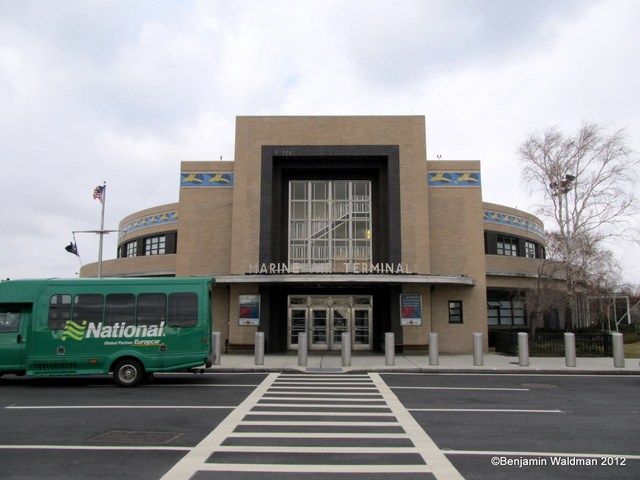
The Marine Air, called Terminal A within the airport’s internal system, has been involved in other aviation moments and records as well. When it was built in 1939, the Marine Air was the largest and most expensive terminal at the time, spreading over 558 acres and amounting to $40 million in costs. Designed in the Art Deco style, Terminal A at LaGuardia may not be as modern or glossy as TWA Flight Center or the former Pan-Am’s Worldport Terminal at JFK Airport, but its details are connected to its history. The flying fishlike figures going around the building’s roofline are supposed to resemble the Pan Am planes that the terminal once served.
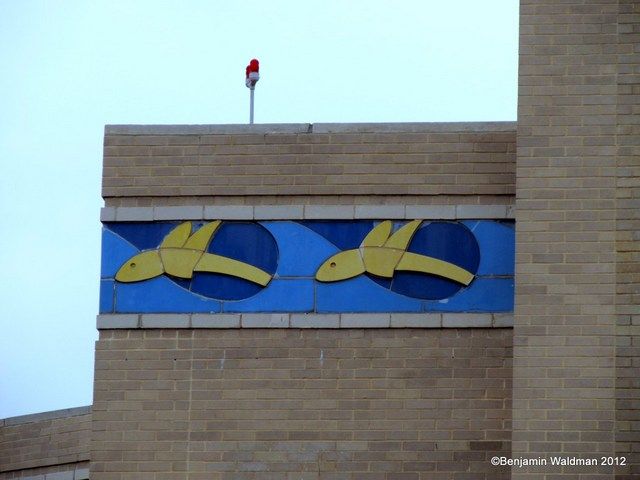
Inside the Terminal rotunda is a mural depicting the aviation history of mankind. “Flight,” as the mural was named, was designed by James Brooks and is the largest mural produced by the Great Depression’s Work Projects Administration (WPA) program (established by Franklin D. Roosevelt). Although the mural was painted over in the 1950’s when it was mistaken for communist propaganda, it was restored in 1980 to its original state. This was also the year that the Terminal was given landmark status.
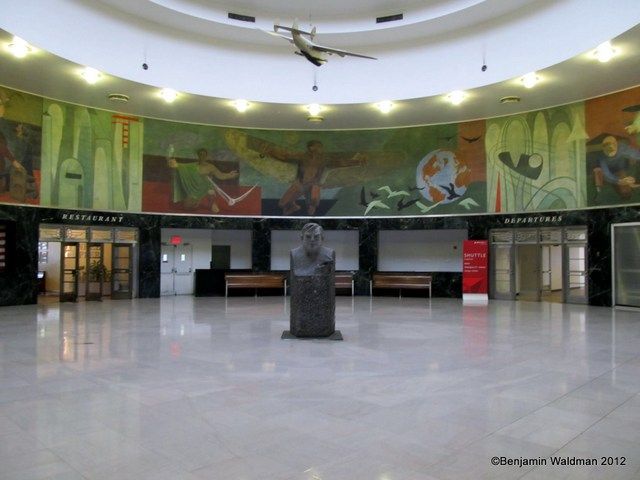
The Marine Air Terminal is a hidden gem amidst the relatively unimpressive LaGuardia Airport, a precursor to the Jet Age terminals at JFK Airport: TWA Flight Center, Worldport Terminal and I.M Pei’s Terminal 6. Whether landmarked or not, these terminals together comprise a significant portion of American aviation history.
Here are some additional photographs of the terminal:
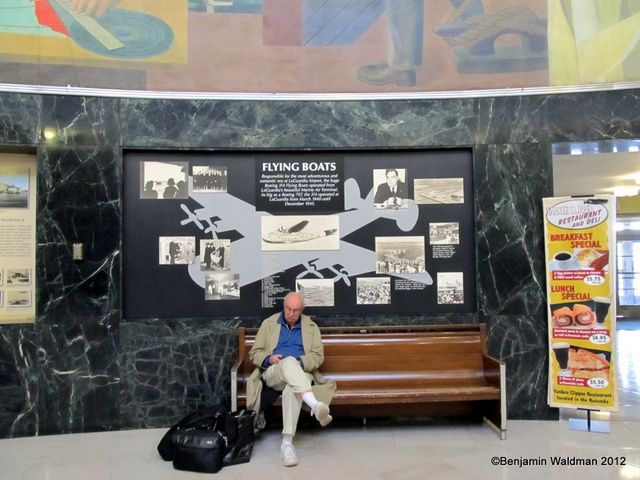
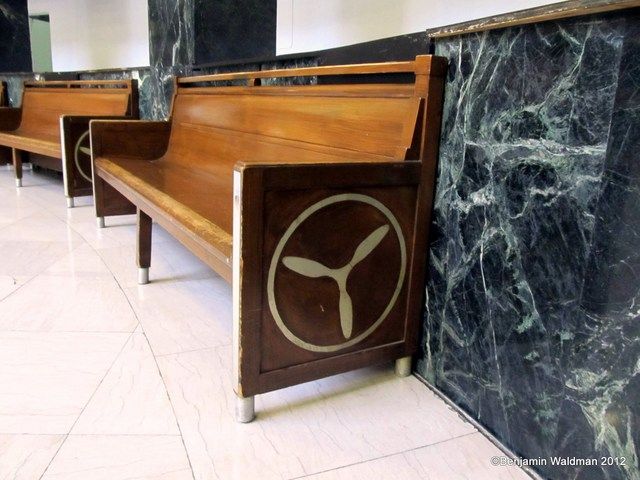
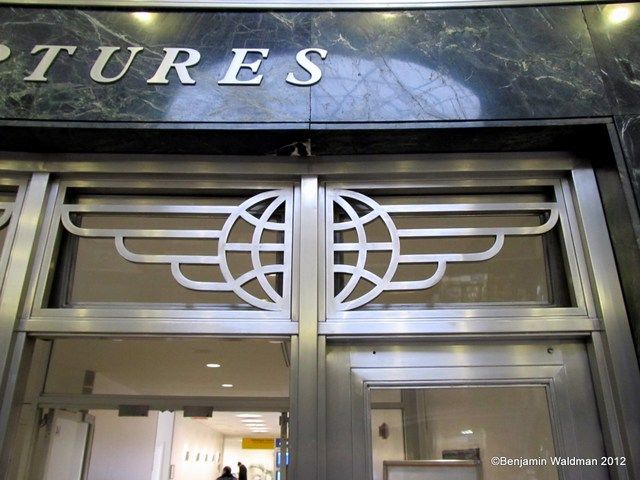
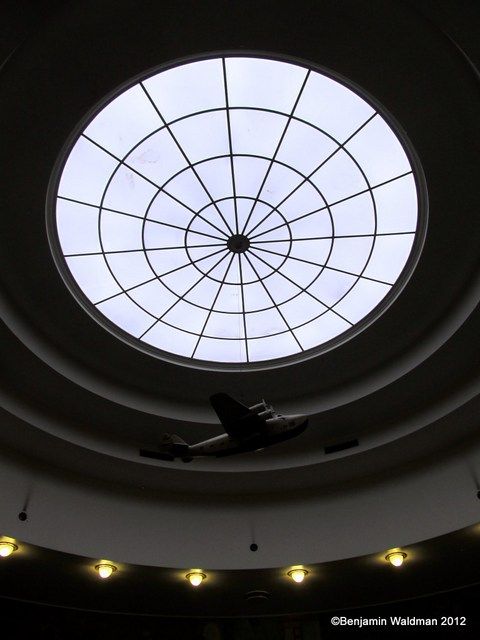
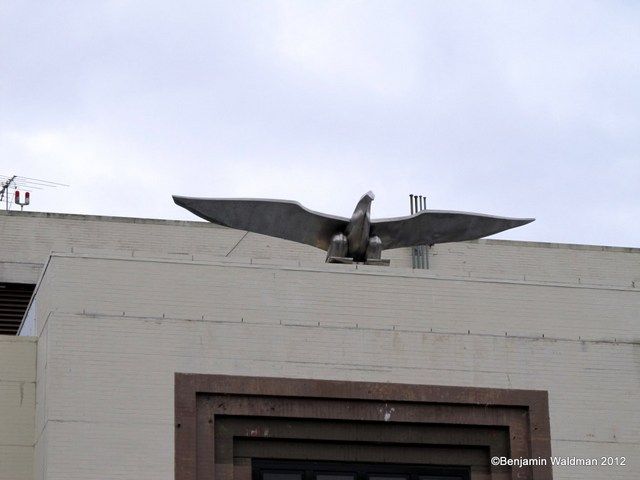
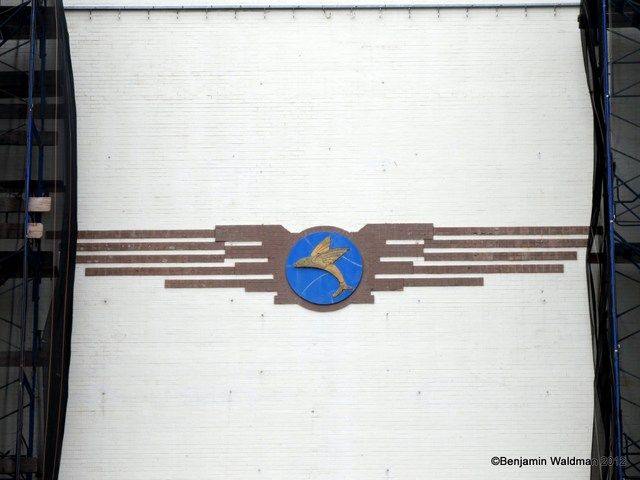
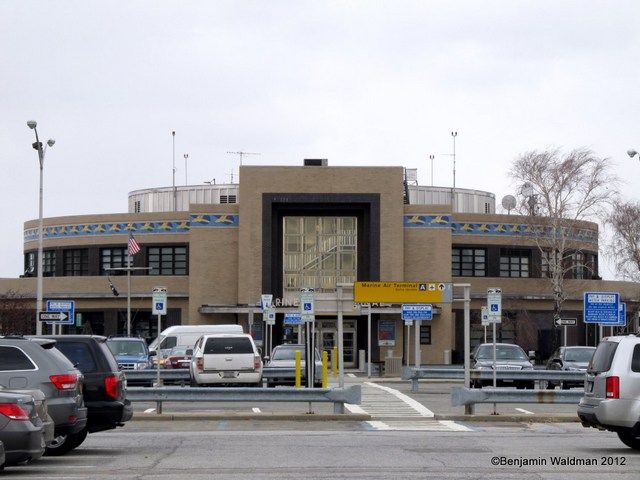
Next, read about 7 of JFK Airport’s Demolished Jet Age Terminals. Get in touch with the author @YiinYangYale.
Subscribe to our newsletter